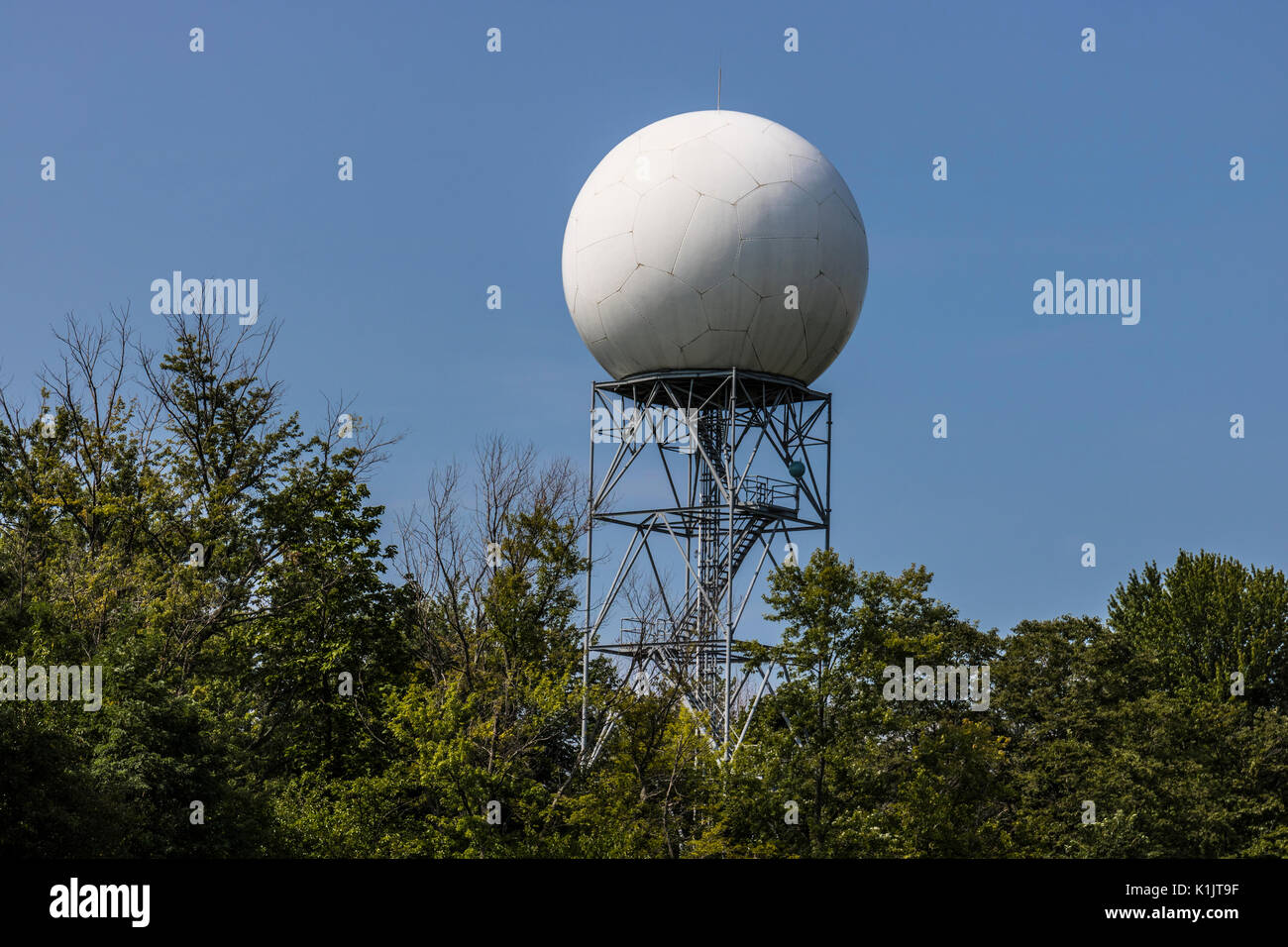

For example, in volume coverage pattern (VCP) 212 (i.e., radars antenna scan strategy), the radar scans 14 elevation angles in about 4 minutes. THE PROPOSED DOPPLER WEATHER RADAR STATIONS IN THE NATIONAL WEATHER SERVICE'S CURRENTLY PLANNED DOPPLER CONFIGURATION IS 85 MILES AWAY, IN LOUISVILLE. Data received at the RDA is processed and sent to NWS Louisville for further processing before final display of various radar products on AWIPS workstations for observation, forecast, and warning purposes. With NWS Doppler radar, all elevation angles (tilts) within a particular volume scan can be viewed very quickly using the 'All Tilts' product. Get the top Louisville news, weather and sports from the team at WLKY. The RDA can be controlled by staff members at NWS Louisville. 492 ft) Last Update: 7:11 pm EDT May 8, 2023. See a real view of Earth from space, providing a detailed. Yet, the antenna transmits only a small fraction of the time, and "listens" for returned power from precipitation targets the rest of the time. TX 19 Indianapolis, IN 20- Kansas City, KS 21 - Las Vegas, NV 22 Louisville, KY 23 - Memphis, TN 24 - Miami, FL 25 Milwaukee, WI 26 Minneapolis. Current and future radar maps for assessing areas of precipitation, type, and intensity. The antenna is very sensitive and powerful, allowing forecasters to evaluate the structure, evolution, and motion of precipitation systems in great detail. The antenna also can sense movement of particles directed toward and away from the RDA (the "Doppler effect"), which allows calculation and assessment of winds and rotation in the atmosphere, especially within severe thunderstorms. These targets are "hydrometeors," ranging from very small, non-precipitating particles (virga) to very large raindrops and hail from thunderstorms. This is very important, for example, during thunderstorm events where forecasters need to. Although limitations exist, the overall estimates usually are quite good and alert forecasters to locations where heavy precipitation is or has occurred. Inside the large white protective covering (radome) is a huge antenna that continuously rotates sending signals to and receiving signals from targets in the atmosphere. NWS Doppler radar produces 1-hour, 3-hour, user-defined, and storm-total precipitation estimates. This is the Radar Data Acquisition (RDA) of the NWS Louisville-Ft.


 0 kommentar(er)
0 kommentar(er)
